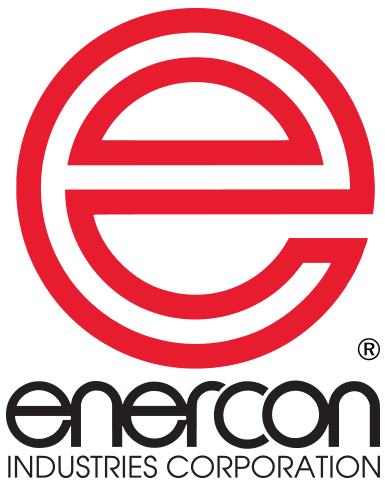How and why plasma and flame surface treating improve surface adhesion.

Common adhesion impediments found on surfaces.
Non-porous and hydrophobic surfaces have low surface energy with few available bonding sites due to low levels of charged ions on the surface. Additionally, any type of surface contamination affects adhesion negatively. This contamination can include material additives & release agents which can migrate to the surface.

Clean, Etch and Functionalize
Clean Surfaces
Plasma and flame treatment removes organic and inorganic impurities & contaminants from the surface. Plasma and flame species react with the surface by vaporizing low molecular weight contaminants, exposing a clean surface and improving adhesion.
Etches Surfaces
Micro etching of a polymer surface is accomplished as charged ions, neutral atoms and radicals, in both the plasma forming gas and the reactive process gas, bombard the surface.
Increasing surface area creates more bonding sites which promotes adhesion success.
Functionalizes Surfaces
Plasma and flame activation or functionalization is the concurrent process of using radicals to break up surface polymer bands to create cross linking of surface molecules.
This process increases polar groups which directly contributes to the surface’s adhesion properties.

